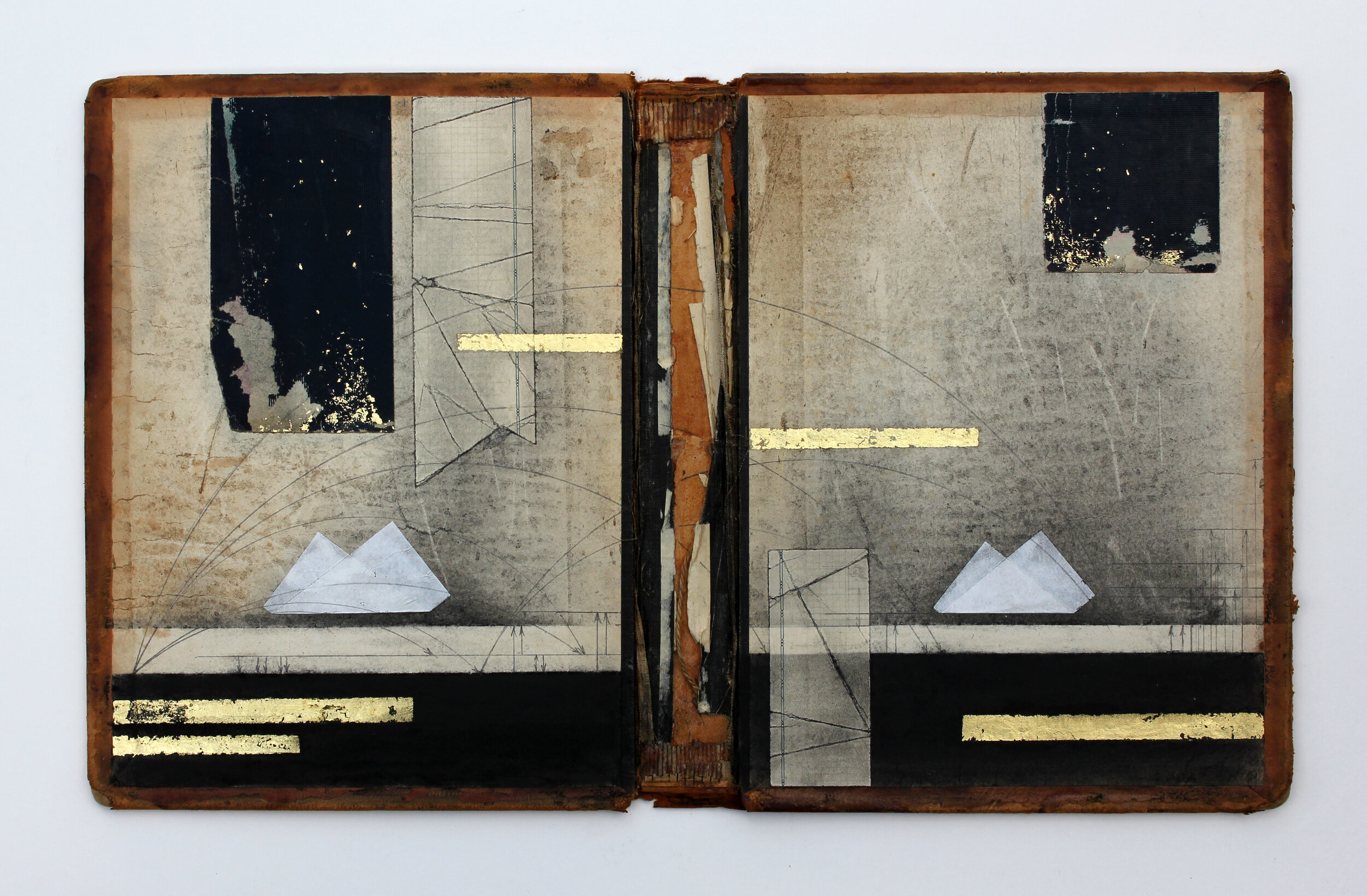There is a thin line between the horizon and the sky where illusion is possible, where fantasy and imagination can exist next to reality: A place that can inspire wonder or fear, a perplexing transient moment of impossibility. Here people see “ghost ships” floating above the horizon, distorted inversions of distant shores, or far-away lights reflecting off the sky beyond the curve of the Earth.
These optical illusions, called Fata Morganas, are not the typical highway mirage that I frequently see, the shimmering reflection of sky on hot asphalt puddles that disappear as I approach on the highway like dreams that evaporate before I fully wake.
Fata Morganas, instead, are illusions created by light reflecting on a layer of warm air over a layer of cold air, usually above a body of water. Named for the legendary sorceress Morgan le Fay when Italians saw these illusions in the Strait of Messina, Fata Morganas are seen with increasing frequency over polar seas due to climate change.
Fata Morgana, Photo credit: Jaan Rebane - CC BY-SA 3.0, https://commons.wikimedia.org/w/index.php?curid=6594884
I’m always curious about tricks of perception, optical illusions, and those moments where I have to ask myself “What am I looking at?” I like those in-between moments where something unexpected occurs and snaps me out of my expected train of thought. A derailing is sometimes welcome. Stepping away from the tracks and wandering is even better, following a curiosity without a destination in mind.
Fata Morgana is that opportunity, proving that what we see is not always real, or better, the reality we see is not what we expect.
Recently, in northern parts of Canada, Indiginous elders were troubled to notice that the sun was beginning to rise in a different location than it had in previous generations and earlier than expected as well. How was this possible? What could change the orientation of the earth and the sun? It turns out that it is a particular illusion caused by a Fata Morgana, the Novaya Zemlya effect: Days before the sun is supposed to rise after the long winter season of night and in a location on the horizon far from the traditional first sunrise, the reflection of the dawn sun can be seen bouncing off a thin layer of warm air above the curve of the earth. Conditions in the arctic have changed enough due to climate change that it is as if the earth is being thrown off kilter, affecting the seasonal sunrise.
Paul Roorda, Edinburgh I, oil on canvas, 24 x 44 inches, 2018.
In my landscape works, there are often false horizons or gaps where sky meets sea or land creating unexpected in-between spaces. And with sea levels that continue to rise, I explore the shrinking of that space too. Illusions and ambiguities find their way into my art… is it a horizon or a wall? Ice, sky or water? The ambiguity leaves it to the viewer to decide.
Perhaps it is reassuring to know that we are dealing with mere illusions, curiosities and diversions. But, when even the sunrise itself can be moved in time and space, knowing that we live in a world of illusions and mirages should humble us. Our point of view is informed by facts that don’t arrive in a straight line but bounce, shimmer and reflect on their way to us. When the earth seems to shift beneath our feet, we can enjoy the curiosity of it or be disturbed by the confusion, but untangling the reality from the illusion sets us on directions informed by real wonder or catastrophe, not just the imagined.
For more information on the Novaya Zemlya effect listen to the This American Life episode on Fata Morgana and the Novaya Zemlya effect. Go to Act 3 of episode 630.
Paul Roorda, The Book of Sea and Hope, antique book cover, vintage paper, charcoal, graphite, and gold leaf, 18.5 x 11.5 inches, 2016.



